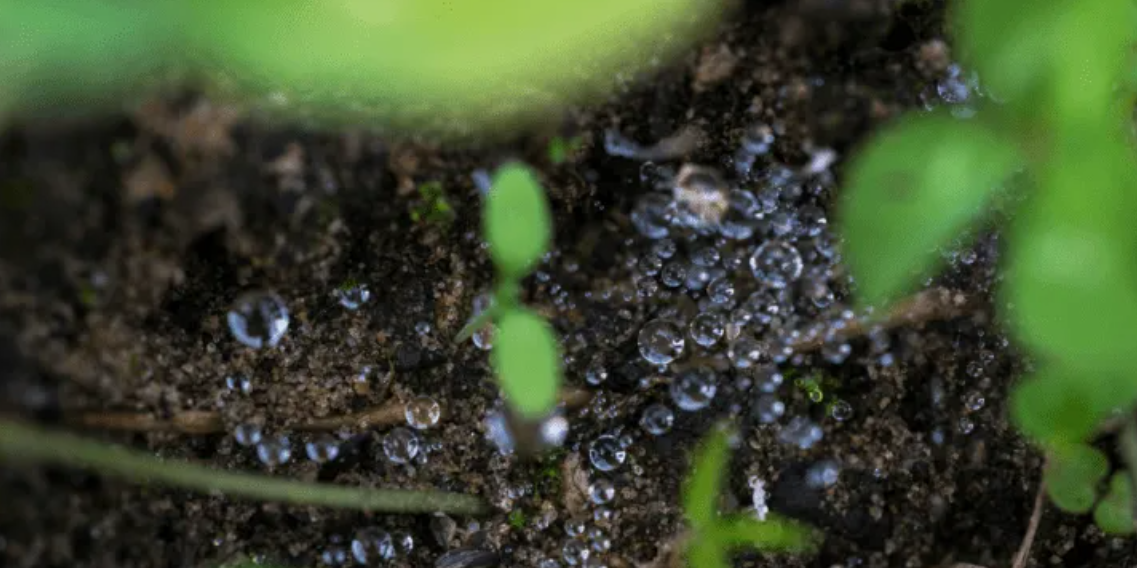Moving Toward Regenerative Agriculture: Healing the Land Through Smarter Farming

Date: June 23, 2025
By: Red Canary
Published by: Morning AgClips
DENVER Colo. — Regenerative agriculture is a movement back to the roots of farming, where the soil is treated as a living ecosystem, not an inert medium for chemical inputs. More than sustainability, regenerative practices aim to rebuild what industrial farming has depleted: soil health, water retention, biodiversity, and resilience. As climate instability grows and conventional yields flatten, many farmers are looking for systems that not only produce food but also repair damage. Let’s explore what regenerative agriculture involves, why it matters now, and how it may offer a blueprint for a more resilient food system.
What Is Regenerative Agriculture?
At its core, regenerative agriculture is about restoring life in the soil. Rather than depleting nutrients and relying heavily on synthetic fertilizers, this method encourages natural cycles to do the work. Techniques like crop rotation, cover cropping, composting, and rotational grazing are used to build organic matter and improve biodiversity. Over time, these efforts help soil become more porous, nutrient-rich, and capable of holding water. Unlike traditional agriculture, which treats soil degradation as an acceptable trade-off, regenerative farming puts the soil’s health front and center, because healthy soil supports healthy plants, animals, and ultimately, people.
Soil Carbon and the Climate Connection
Healthy soil acts like a sponge for carbon, drawing it from the atmosphere and storing it in the ground. This process, known as carbon sequestration, plays a key role in offsetting greenhouse gas emissions. Regenerative practices not only prevent erosion and runoff, but also build the kind of carbon-rich topsoil that’s essential in slowing global warming. Studies show that well-managed land can capture significant amounts of atmospheric CO₂, turning farms into climate assets rather than liabilities. While the science is still evolving, many farmers now see soil carbon as both an environmental and financial asset worth investing in.
Water Retention and Drought Resilience
One of the often-overlooked benefits of regenerative farming is water resilience. Soils rich in organic matter can absorb and hold more moisture, making farms less vulnerable to droughts or floods. Techniques like no-till farming reduce compaction and allow rain to penetrate deeper, while cover crops protect the surface from evaporation and erosion. In regions where water scarcity is becoming the new norm, these practices are more than good stewardship. They’re a survival strategy. Better water retention also means less dependence on irrigation systems, which reduces energy use and costs for farmers working on already thin margins.
Biodiversity Above and Below Ground
Monoculture farming creates dead zones in the soil and on the land. Regenerative agriculture flips that script by encouraging biodiversity at every level, from microbes and fungi to insects, birds, and mammals. Crop diversity helps interrupt pest and disease cycles while improving pollination and food security. Diverse pastures feed a wider range of livestock species and produce higher-quality meat and dairy. Even within the soil, increased fungal and bacterial activity supports nutrient cycling and root health. A more biodiverse farm is not only healthier and more productive, but also far more adaptable to changing environmental conditions.
Regenerative Grazing and Livestock Integration
Animals play a key role in regenerative systems. Rotational grazing, where livestock are frequently moved between paddocks, mimics the natural patterns of wild herds. This allows grasslands to recover, roots to deepen, and carbon to accumulate in the soil. The animals’ manure helps fertilize the land, reducing the need for synthetic inputs. When managed correctly, livestock can actually improve land quality rather than degrade it. Integrating crops and animals into one system may seem old-fashioned, but in the context of regenerative farming, it’s a deliberate strategy to create a closed-loop system that replenishes itself over time.
Tech Tools Help Regenerative Farmers Stay One Step Ahead
Regenerative farms may focus on nature, but many still rely on high-tech tools like smart irrigation systems, automated compost monitors, and data sensors buried in the soil. These connected devices, often part of the “smart farm” movement, help track soil moisture, animal movements, and more. But like any connected system, they can be targets for hackers. That’s why some farming cooperatives and agri-tech companies use threat intelligence to watch for cyber threats that could affect farm operations. If irrigation controls or greenhouse systems were attacked or disrupted, it could harm the crops and undo months of regenerative work.
Challenges to Scaling Regenerative Practices
Despite its benefits, regenerative farming isn’t without barriers. Transitioning from conventional methods requires upfront investment, new knowledge, and often a period of lower yields as the land recovers. Many farmers face a steep learning curve, limited market incentives, and policy environments still geared toward industrial agriculture. Certification for regenerative products is still fragmented and confusing for consumers. That said, pilot programs, cooperative models, and regenerative-focused grants are helping more producers make the switch. The key to scaling these systems lies not just in technical solutions, but in aligning incentives, education, and consumer demand to support long-term change.
The Future of Regenerative Agriculture
Regenerative agriculture may not replace industrial farming overnight, but its influence is growing across sectors, from boutique organic farms to large-scale operations looking to improve their land’s longevity. As food security becomes a global concern, resilience, not just yield, will define the farms of the future. More investors, retailers, and policymakers are taking interest in how food is produced, not just what it looks like on the shelf. For regenerative agriculture to thrive, it will need continued research, better tools for measurement, and bold storytelling to win hearts and minds. The path forward starts in the soil, but its reach extends far beyond.
-Red Canary
